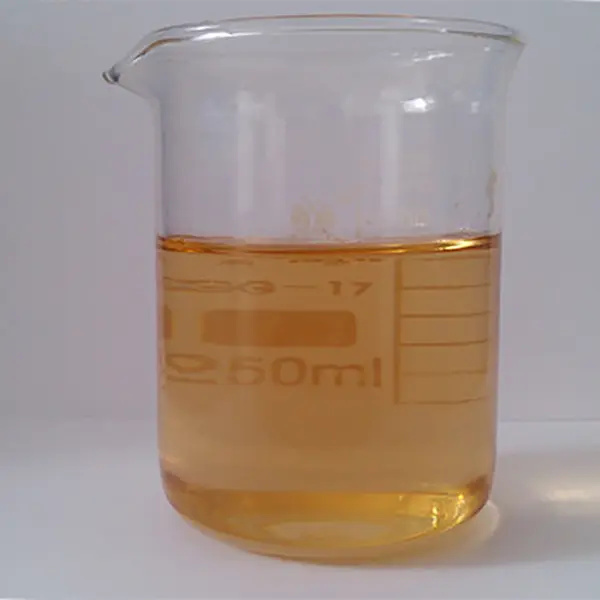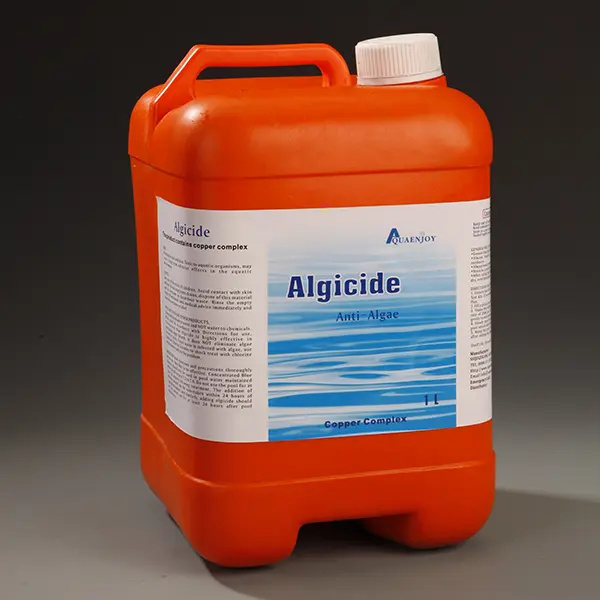Keeping your swimming pool clean and safe is essential for enjoyable swimming. One of the most common issues pool owners face is algae growth, which can turn your pool water green, make surfaces slippery, and compromise hygiene. Using the right algaecide and maintaining proper chemical balance can prevent algae problems and ensure your pool stays clear.
This guide will explain what algaecide is, common types of pool algae, and how to use algaecide effectively.
What Causes Algae in Swimming Pools?
Algae grow when pool water is not properly disinfected or maintained. Common causes include:
Low chlorine levels: Insufficient chlorine allows algae to thrive.
Excess nutrients: High levels of nitrogen and phosphorus promote algae growth.
Warm water and sunlight: These conditions accelerate algae reproduction.
Algae can consume free chlorine, make water cloudy, and create a breeding ground for bacteria. Regular pool maintenance and chemical testing are crucial to prevent algae formation.
Common Types of Pool Algae
Green Algae:
Single-celled organisms that float in the water or cling to walls and floors, making surfaces slippery.
Cyanobacteria (Blue-Green Algae):
Filamentous algae that can form sudden blooms. They are more resistant to algaecides than green algae.
Yellow Algae (Mustard Algae):
Thrives in shaded areas, forming yellow, gold, or brown-green spots on walls.
Black Algae:
The most stubborn type, appearing as dark spots or streaks. Black algae require high-concentration chlorine shock and scrubbing, or applying a TCCA tablet directly to cracks.
How Algaecides Work
Algaecides disrupt the physiological functions of algae, such as cell division and photosynthesis, preventing growth and killing existing algae slowly. Key points:
Preventive Use: Algaecides are most effective when added before algae appear.
Chlorine Shock: If algae are already present, use chlorine shock (e.g., SDIC or TCCA) for rapid removal.
Common Types of Pool Algaecides
Chelated Copper:
Appearance: Blue or blue-purple liquid with a slight ammonia odor.
Advantages: Low cost, effective, can prevent algae in winter.
Disadvantages: Toxic if ingested, may cause scaling, takes 24 hours to a week to work.
Polyquaternary Ammonium Salt Algaecides (e.g., WSCP, APCA):
Appearance: Light yellowish liquid.
Advantages: Non-toxic, does not foam, scale, or discolor water. Best for routine algae prevention.
Use chlorine shock if algae bloom occurs.
Tips for Using Algaecides Effectively
Test pool water regularly to maintain free chlorine levels at 1–3 ppm.
Use algaecide as a preventive measure in combination with chlorine.
Treat visible algae promptly with chlorine shock, then add algaecide for long-term prevention.
Clean pool surfaces and filters to remove dead algae and debris.
Understanding algaecides and proper pool maintenance is crucial for preventing algae, keeping your swimming pool clean, and protecting your health. By using the right algaecide, maintaining chlorine levels, and performing regular water testing, you can enjoy a sparkling and safe pool all year round.
For high-quality pool chemicals, including SDIC, TCCA, algaecides, and more, visit Yuncang Chemical or contact us for professional advice and solutions.
Post time: Apr-16-2025





